Since we got here last Thursday, we have been looking around the ruins of Port Arthur. We took a ghost tour (our youngest was quite disappointed he didn’t get to see a ghost, and wondered why it was called a ghost tour if your didn’t get to see any), took a ferry ride over to Point Puer (Latin for boy, as in puerile) and took a guided tour of the site with two of their guides (amazed at how passionate the guides where given that they repeat the same stuff day after day).
I thought I’d share a few photos and write up some of my impressions of the historic site, rather that give a blow-by-blow description of what we have done here. There is heaps of info available on the web, check out here and here as good starting points.
The first observation is that the place is largely empty compared to it’s heyday. After two or three bush fires, a government auction and a fair bit of recycling by the locals, theres not a lot left.
It’s the government auction that caught my attention. When the site was being wound down, the convicts left were old and invalid, still serving their time. The government of the day was growing increasingly uncomfortable with it’s convict past and debates were had on what to do with the place when it finally shut. the government auction allowed you to come and buy the property, buildings included, so long as they removed in something like 20 days! No wonder the place was stripped bare.
The Commandants house was interesting too. Firstly, there is a clear geographical hierarchy in the site that becomes obvious by the time you get the the Commandants house. All the convicts are on the low land, the free and the military are on the higher land, and overlooking the whole thing on the best patch of grass is the Commandants House. The house started life as four rooms, but got added onto fairly regularly by each successive Commandant. The patchwork quilt of rooms that where once corridors, windows that appear on the outside but are hidden by a fireplace on the inside, and successive lean-to’s on the back to house the increasing number of servant staff are fun to explore.
The study is a in the middle of the house, and has it’s own separate access from the outside. I got the idea this was so the commandant could take work related visits from all the various officials that lived here without disturbing the rest of the house with their arrival. If it looks like a dark pit of a room from the photo below, that’s because it is… Can you imagine working in here all day?
The drawing room, in contrast, is right on the outermost wing of the house, furthest away from the rest of the settlement. It’s heavily furnished with thick drapes, and is accessed by a long corridor which takes you away from the rest of the house. I can imagine the women of the house, improving their needlework or studying their letter here, looking out over the harbor, the nasty business of brutal punishments being inflicted less than 300 meters away being almost in another world.
As you travel up the hillside, inside the house, you reach the servants quarters. A large part of the rooms here are for food preparation and storage. the kitchen, seen in the photo below, compared with the rest of the building, is austere and purely functional. How they cooked for 20 people in this room is beyond me.
Even after convict settlement shut down, life down here was pretty rugged. There are buildings onsite made 60 years ago out of recycled fuel drums. There was no road in here until 1903. The store, post office and local bank where all the same building run first by the Mum of the family for 40 years, then by her daughter for another 30. I listened to the recorded memories of the older locals, retelling how the husband worked as a saw hand in the local mill for 20 years before he got a promotion, while she polished floors, on her hands and knees, everyday, with beeswax, for the same 20 years so they could scrape together enough money to house and feed their 4 kids and build a home on a block of land here. When 44 young men from the local area didn’t return from WW1, it had a big impact on the small community down here… They planted an avenue of trees, one for each fallen soldier that makes an interesting counterpoint to the convict history of the site.
I have been giving a fair bit of thought to crime and punishment too. The modern prison system is really no different than what they were trying to do here. Modern prisoners might get TV’s and pizza, but there’s no better chance of them getting successfully reintegrated into society than there was for the convicts that worked in the labour gangs here. Many of them reoffended when they got out, and ended up straight back here, with it’s solitary confinement, bread and water diets, and fire and brimstone preachers. Corporal punishment didn’t work, it just made them heroes of sorts to their fellow prisoners. Solitary confinement, sometimes in the dark for 30 days or more, just sent them irrational. The trick seems to be to get potential criminals before they become socialized into that life. Easier said than done, I suspect.
While on crime and punishment, I first thought it a little odd that there was no mention of the Port Arthur Massacre here. The guides don’t talk about it, and it’s not mentioned in any of the material on the site and the perpetrator is not mentioned by name at all. The building where it took place is just a shell, with a row of obscuring shrubs in front and a very nice memorial to those that died behind it. Up Jetty Road, on the way out of the site, there are a couple of small plates set into stones remembering the mum and her daughters that died there. They have fresh flowers and new toys set beside them. There is a small display with pictures of the staff that died, downstairs in the main visitors center, by the exit. There’s a stone by the waters edge with a man’s name on a plate… When I found these things over the few days we have been here, I realized there is more than enough to remember and reflect on the malevolent depravity that was unleashed here, on the pain it caused and continues to cause so many people, that nothing more need be said.


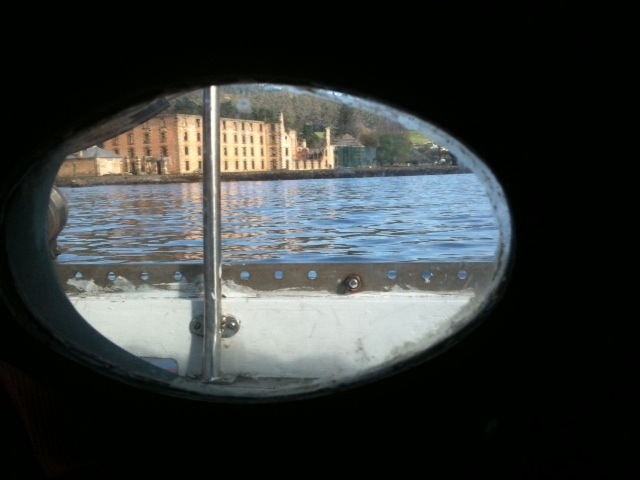

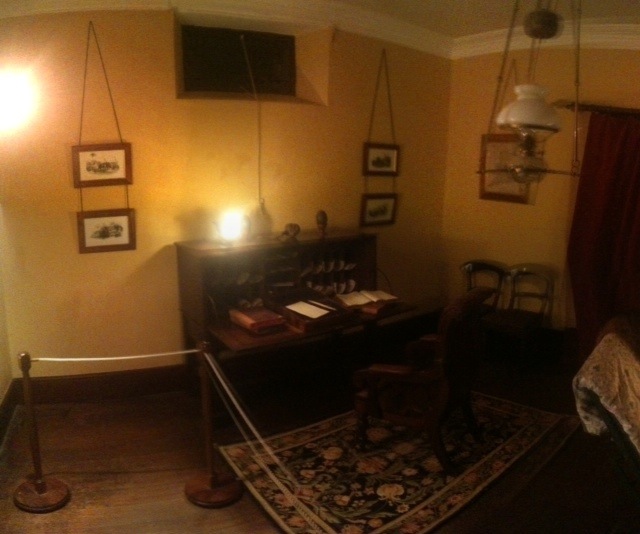
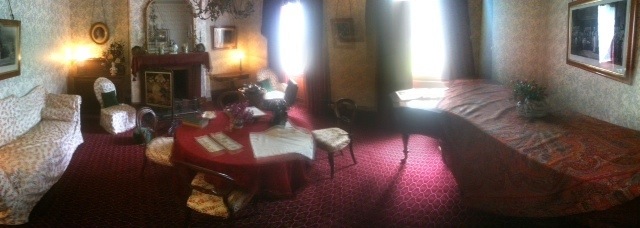
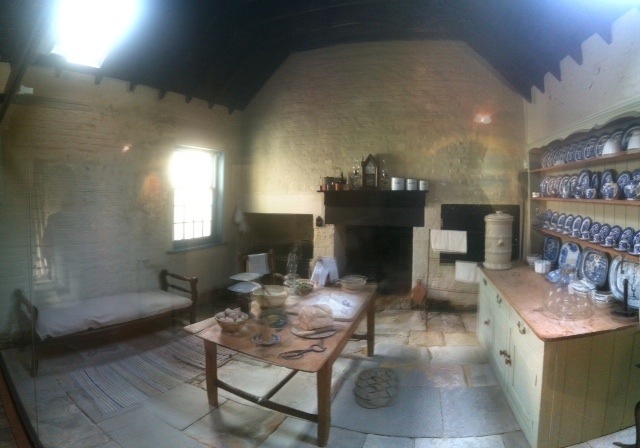
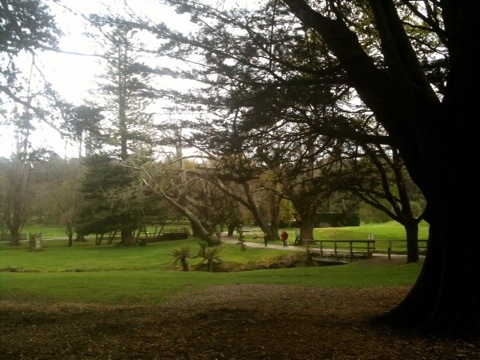
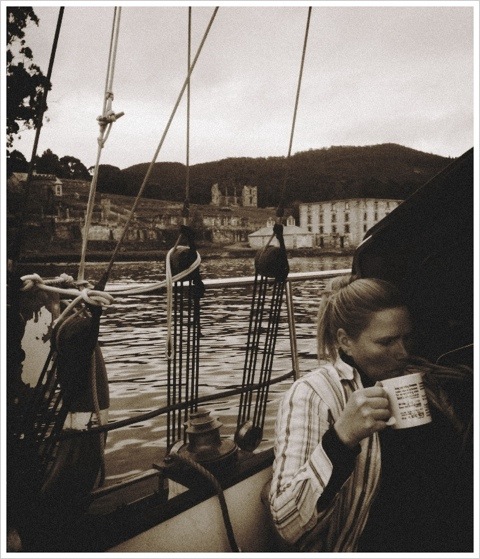
5 Responses to Reflections of Port Arthur